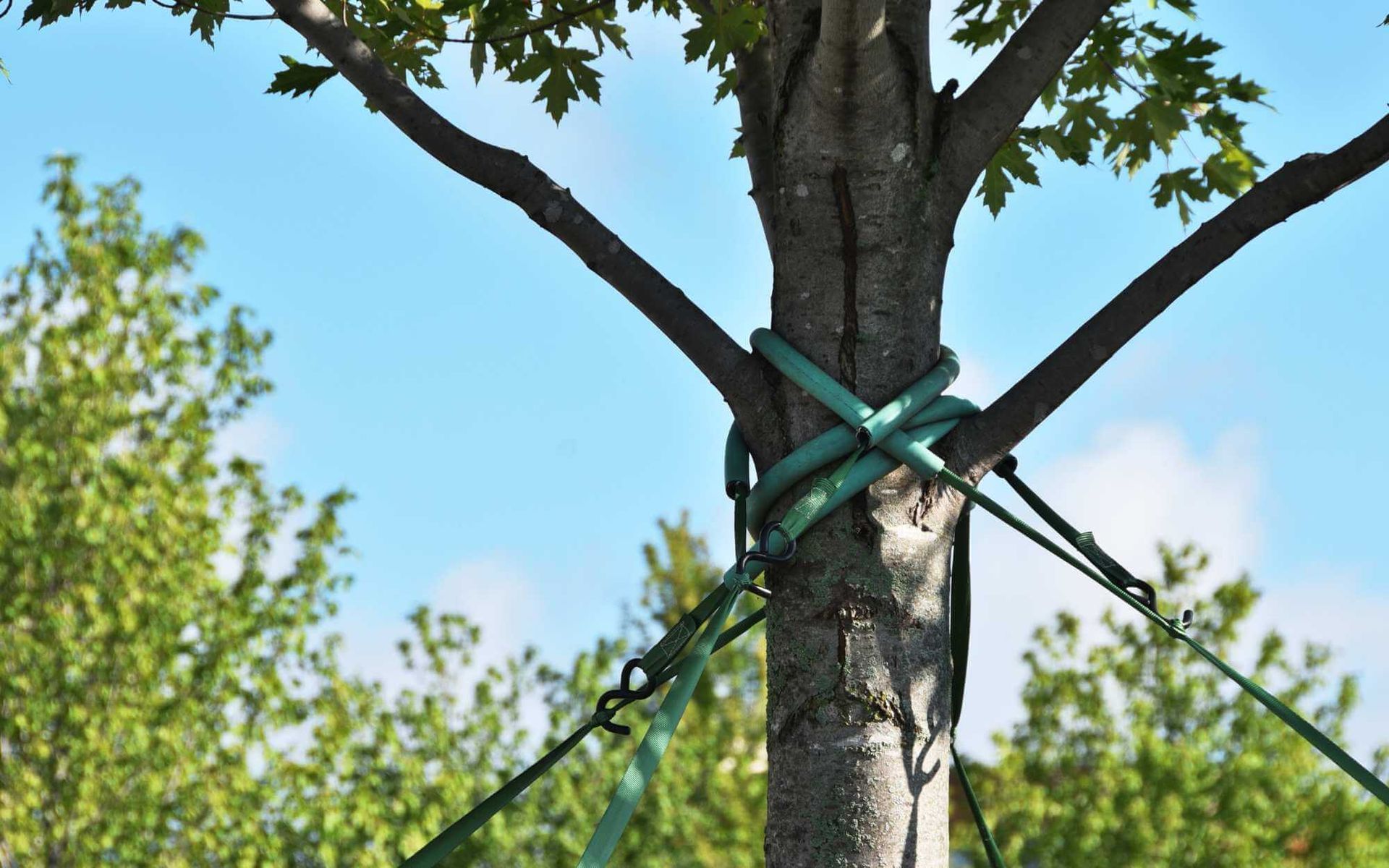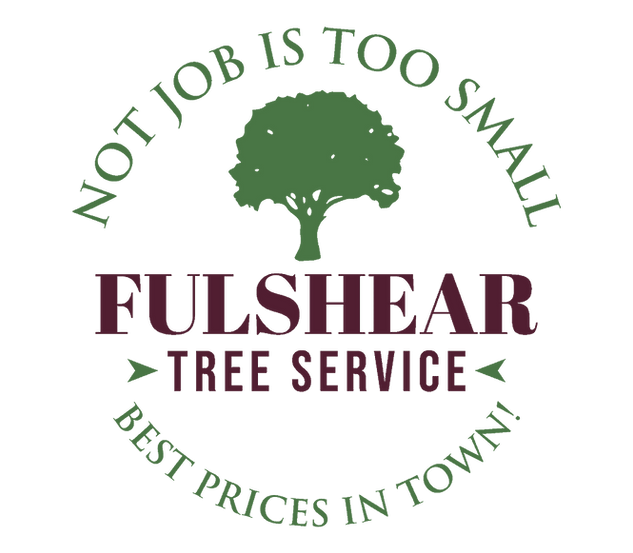The Importance of Tree Cabling for Tree Health and Stability

What Is Tree Cabling?
Tree cabling is a technique used by arborists to enhance a tree’s structural integrity. It involves the installation of cables or braces to support weak or damaged limbs, preventing them from breaking or failing under pressure. This procedure is commonly used in trees that have experienced storm damage, have overextended branches, or have become structurally compromised due to age or disease.
We see this technique as a proactive approach that ensures trees continue to grow safely without risking damage to themselves or the surrounding area. Tree cabling benefits go beyond simple support; it can improve a tree’s longevity and overall health.
Why Is Tree Cabling Important?
While trees are naturally resilient, environmental factors like strong winds, heavy snow, or even the sheer weight of a tree's own limbs can create stresses on the tree. Over time, this can lead to branch failures, trunk splits, and even total tree collapse. This is especially true for mature trees with heavy limbs that grow at awkward angles or trees with weakened root systems.
Tree cabling offers much-needed support and can prevent such disasters. By reinforcing the tree’s weakest points, cabling helps redistribute weight and enhances the tree’s stability. For trees that have multiple leaders (trunks or stems), cabling can provide the necessary support to prevent splitting.
In addition to preventing damage, tree health support through cabling can encourage better growth patterns, allowing trees to continue growing strong while minimizing the risk of failure. With the right tree cabling techniques, we can ensure the tree remains both healthy and secure, benefiting both the tree and the surrounding landscape.
How Does Tree Cabling Work?
Tree cabling works by strategically installing steel cables or braces to reinforce weak limbs or trunks. These cables are installed in a way that allows for flexibility, so they can absorb movement without restricting the tree's natural growth.
Here are some common types of cabling systems used in tree care:
- Cabling Systems: Steel cables are placed between branches or trunks to prevent movement and reduce stress on weak points.
- Bracing: Wood or metal braces are used to support a single branch or leader that might be at risk of breaking.
- Flexible Cables: These cables provide support while still allowing for natural tree movement, reducing the risk of injury to the tree.
The goal is not to stop the tree from growing but to support it in a way that ensures it thrives while maintaining a healthy structure. In many cases, we will also use cabling in combination with other techniques like pruning to further strengthen the tree.
Tree Stability Techniques: How Cabling Works Hand-in-Hand with Other Methods
Tree cabling isn't a one-size-fits-all solution. To provide the best tree health support, it's often used in conjunction with other techniques, such as:
- Pruning: Regular pruning helps remove dead or weakened branches, reducing the risk of structural damage. After pruning, cabling can be added to reinforce areas that remain vulnerable.
- Root Strengthening: Trees with compromised root systems may benefit from cabling in conjunction with root strengthening techniques. Improving root health can help maintain stability, while cabling provides added security.
- Tree Stabilizing Stakes: In some cases, newly planted trees or those experiencing unstable growth may need stabilization through stakes before cabling can be effectively used.
By employing a combination of techniques, we can provide optimal support for the tree, helping it stay strong and healthy for many years to come
When Should You Consider Tree Cabling?
Tree cabling should be considered in several scenarios where a tree is at risk of damage or failure. These situations include:
- Weak Limbs: Trees that have long, heavy limbs or multiple leaders are often more susceptible to failure. Cabling can provide support and reduce the chances of limb breakage.
- Storm Damage: After a storm, trees may show signs of damage or weakened branches. In these cases, cabling can help reinforce the tree until it heals or recovers.
- Age and Disease: Older trees or trees that have been affected by disease may experience structural issues that require cabling to support weaker areas.
At Fulshear Tree Service, we assess the tree’s condition and recommend the best approach, including whether cabling is appropriate. Our experienced team takes into account the specific needs of your tree, from its size and species to its current health condition.
The Benefits of Tree Cabling
The tree stability techniques of cabling offer numerous benefits that can significantly improve a tree’s health and resilience. Here are a few key advantages:
- Prevents Branch Failure: By stabilizing weak limbs, cabling reduces the risk of limb failure, especially during high winds or storms.
- Supports Healthy Growth: Cabling helps maintain the natural growth patterns of trees, providing support without inhibiting their ability to expand.
- Reduces Risk of Property Damage: Properly cabling a tree minimizes the chances of branches falling onto homes, cars, or power lines, reducing potential damage to property.
- Improves Tree Longevity: With the right support, trees are more likely to survive longer, thriving in a way that would be impossible without cabling.
- Enhances Aesthetic Appeal: Cabling can prevent the need for extensive pruning, preserving the tree’s natural form and beauty.
How Long Does Tree Cabling Last?
The longevity of a cabling system depends on several factors, including the type of cables used, the tree's environment, and the overall health of the tree. Typically, cabling systems can last anywhere from 3 to 10 years, depending on the circumstances. However, it’s important to periodically inspect and maintain the cables to ensure they are still functioning correctly.
At Fulshear Tree Service, we offer ongoing support and maintenance, making sure that your trees remain strong and healthy long-term.
Conclusion: Safeguard Your Trees with Tree Cabling
Cabling is an invaluable tool for enhancing tree stability and ensuring long-term tree health support. When done correctly, it can prevent serious damage, prolong the life of your trees, and reduce the risk of accidents or property damage. At Fulshear Tree Service, we understand the importance of maintaining the health and stability of your trees, and we’re here to help you choose the right tree care solutions for your needs.
Whether you’re looking to support a weakened tree or ensure your trees are ready to withstand the next storm, tree cabling can offer the protection your trees deserve. Don't wait until it's too late—contact us today to learn more about how we can help your trees stay strong and healthy with our professional cabling services.
For more information or to schedule a consultation, reach out to us at Fulshear Tree Service by calling
(832) 720-3302 or emailing us at
ocanaslawnservice@gmail.com. Your trees deserve the best care, and we’re here to provide it.
Frequently Asked Questions
1. What are the benefits of tree health support through cabling?
Tree health support through cabling helps stabilize weakened limbs, redistributes weight, and prevents branch failure. By reinforcing the tree's structure, cabling enhances its ability to withstand environmental stresses like strong winds or heavy snow. It supports overall growth, allowing trees to thrive without compromising their natural form.
2. How does tree cabling improve tree stability?
Tree cabling improves tree stability by providing additional support to weak or damaged limbs. It helps prevent branches from breaking under the pressure of environmental forces, reducing the risk of damage to the tree and surrounding property. Cabling ensures that the tree remains structurally sound, even in adverse weather conditions.
3. When should I consider using tree stability techniques like cabling for my tree?
You should consider using tree stability techniques like cabling if your tree has long, heavy limbs or multiple leaders that could potentially break under stress. It's also beneficial after storm damage or when a tree shows signs of age or disease. If a tree's structure is compromised, cabling can prevent further damage and enhance its health
4. How long does tree cabling last, and when should it be replaced?
The lifespan of tree cabling depends on factors such as tree health, environmental conditions, and the type of cables used. Typically, cabling systems last between 3 to 10 years. It's important to regularly inspect and maintain the system to ensure it's still functioning properly and replace it as needed to continue providing tree health support
5. Can tree cabling prevent damage to surrounding property?
Yes, tree cabling can help prevent damage to surrounding property. By reinforcing weak limbs, cabling minimizes the risk of branches falling on homes, cars, fences, or power lines during storms. This proactive technique ensures tree stability while protecting both your tree and your property from potential harm.
Let’s talk!
We also offer 15% off to new customers, veterans and first responders. Speak with a team member today to see how we can help.
Contact Details
Phone: (832) 720-3302
Our Location: Rosenberg, TX 77471, United States of America
Email: ocanaslawnservice@gmail.com

